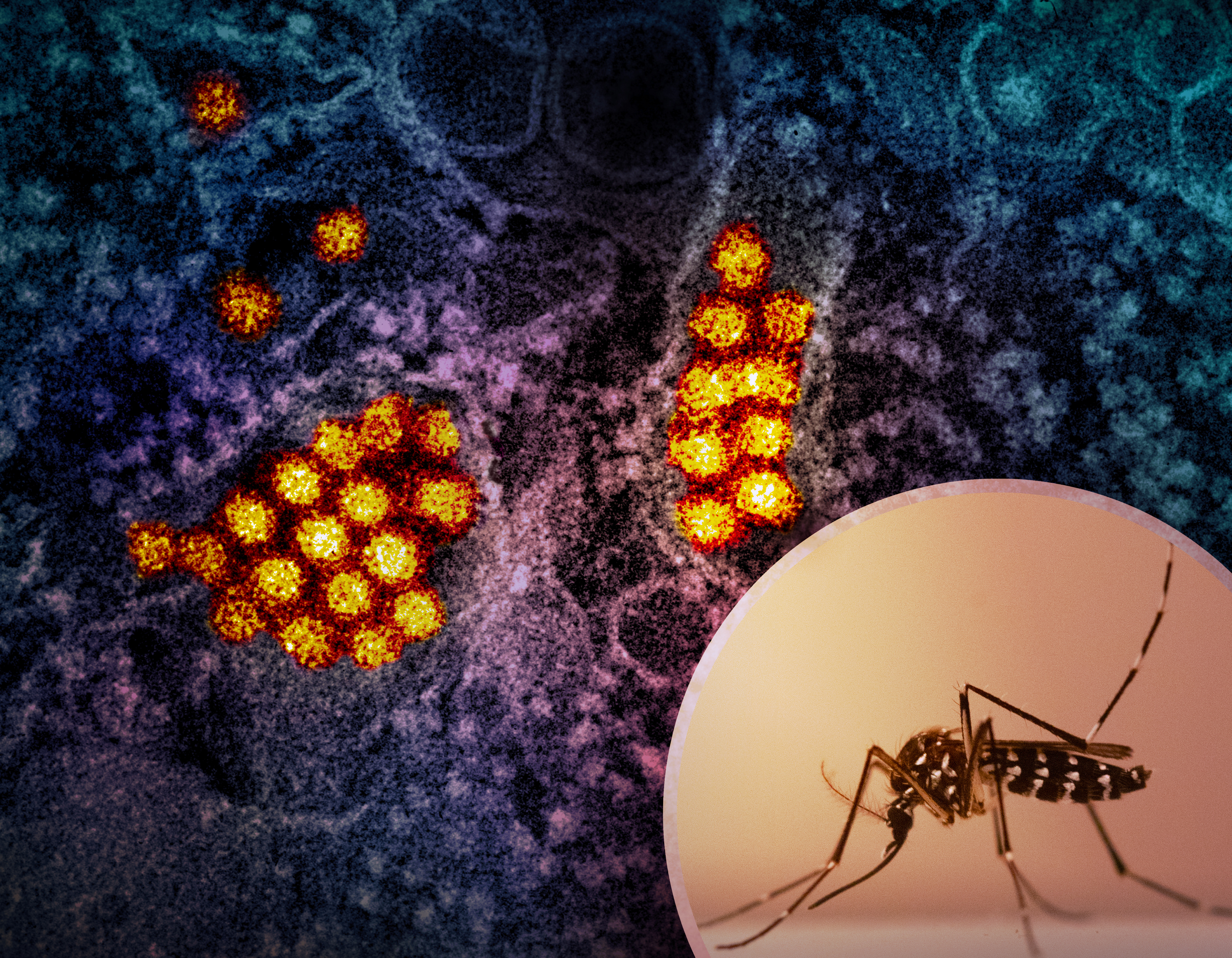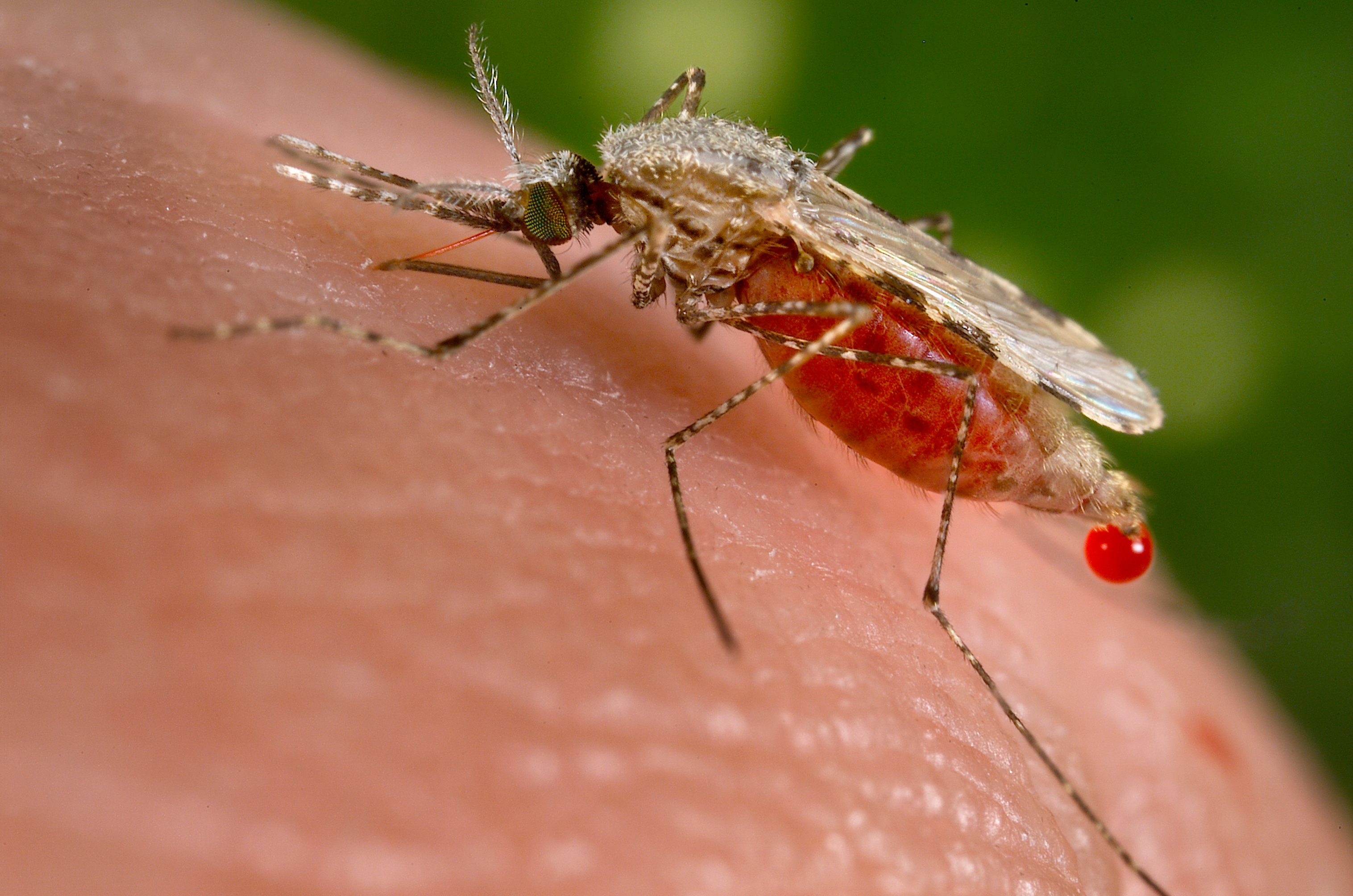|
Aedes (Gymnometopa)
''Aedes mediovittatus'', the "Caribbean treehole mosquito," was first described in 1906 as ''Stegomyia mediovittata'' by Daniel W. Coquillett. __TOC__ Bionomics ''Aedes mediovittatus'' is found throughout the Greater Antilles in the Caribbean where it often shares larval habitats with ''Aedes aegypti'', the primary vector of the dengue virus, in urban, suburban, and rural areas. Medical importance ''Aedes mediovittatus'' is a competent vector of Dengue virus, exhibiting high rates of vertical transmission in laboratory studies. It has been observed to feed mostly on humans and dogs but also on chickens, cats, rats, pigs, goats, sheep, cows, and horses. Their broad feeding behavior may somewhat limit their vectorial capacity, but they appear to have a sufficiently high rate of vector-to-human contact to facilitate virus maintenance and transmission in rural areas of Puerto Rico. Vector control measures that specifically target ''Aedes aegypti'' have not always successfully cont ... [...More Info...] [...Related Items...] OR: [Wikipedia] [Google] [Baidu] |
Daniel William Coquillett
Daniel William Coquillett (23 January 1856 – 7 July 1911) was an American entomologist who specialised in flies Flies are insects of the Order (biology), order Diptera, the name being derived from the Ancient Greek, Greek δι- ''di-'' "two", and πτερόν ''pteron'' "wing". Insects of this order use only a single pair of wings to fly, the hindwin .... He wrote a revision of the dipterous family Therevidae and many other scientific papers in which he described many new species and genus (biology), genera of flies. Coquillett was also the first to attempt fumigation with hydrocyanic acid as a means for controlling citrus scale insects. He experimented in the William Wolfskill, Wolfskill orange groves where he was supported by the foreman and later quarantine entomologist Alexander Craw in 1888–89. References External linksArchiveDigitised Coquillett, D. W. ''Report on the locusts of the San Joaquin valley, Cal.'' Anaheim, Calif.Date 1886ArchiveDigitised Coquille ... [...More Info...] [...Related Items...] OR: [Wikipedia] [Google] [Baidu] |
Tree Hollow
A tree hollow or tree hole is a semi-enclosed cavity which has naturally formed in the trunk or branch of a tree. They are found mainly in old trees, whether living or not. Hollows form in many species of trees. They are a prominent feature of natural forests and woodlands, and act as a resource or habitat for fungi and a number of vertebrate and invertebrate animals. Hollows may form as the result of physiological stress from natural forces causing the excavating and exposure of the heartwood. Forces may include wind, fire, heat, lightning, rain, attack from insects (such as ants or beetles), bacteria, or fungi. Also, trees may self-prune, dropping lower branches as they reach maturity, exposing the area where the branch was attached. Many animals further develop the hollows using instruments such as their beak, teeth or claws. The size of hollows may depend on the age of the tree. For example, eucalypts develop hollows at all ages, but only from when the trees are 120 years ol ... [...More Info...] [...Related Items...] OR: [Wikipedia] [Google] [Baidu] |
Stegomyia
''Stegomyia'' is a large subgenus of the mosquito genus ''Aedes'' with 131 species classified in six species groups (group uncertain for one species), two groups of which are further divided into subgroups. Bionomics and disease relations The immature stages of species of subgenus ''Stegomyia'' are found in natural and artificial containers. Typical habitats are tree holes, but many species inhabit small amounts of water contained in dead and fallen plant parts. A few species utilise rock holes, crab holes and the leaf axils of various plants. Eggs are normally resistant to desiccation and hatch when the habitat is filled with water. Females are typically diurnal and many species (approximately 50) are known to bite humans. They also feed on a variety of domestic and wild animals, including mammals, birds, reptiles and amphibians. Subgenus ''Stegomyia'' is a medically important group. '' Ae. aegypti'' is the classical vector of yellow fever and dengue fever viruses and a ... [...More Info...] [...Related Items...] OR: [Wikipedia] [Google] [Baidu] |
Greater Antilles
The Greater Antilles is a grouping of the larger islands in the Caribbean Sea, including Cuba, Hispaniola, Puerto Rico, and Jamaica, together with Navassa Island and the Cayman Islands. Seven island states share the region of the Greater Antilles, with Haiti and the Dominican Republic sharing the island of Hispaniola. Together with the Lesser Antilles, they make up the Antilles, which along with the Lucayan Archipelago, form the West Indies in the Caribbean region of the Americas. While most of the Greater Antilles consists of independent countries, Puerto Rico and Navassa Island are Territories of the United States, unincorporated territories of the United States, while the Cayman Islands are a British Overseas Territories, British Overseas Territory. The largest island is Cuba, which extends to the western end of the island group. Puerto Rico lies on the eastern end, and the island of Hispaniola, the most populated island, is located in the middle. Jamaica lies to the south of ... [...More Info...] [...Related Items...] OR: [Wikipedia] [Google] [Baidu] |
Caribbean
The Caribbean ( , ; ; ; ) is a region in the middle of the Americas centered around the Caribbean Sea in the Atlantic Ocean, North Atlantic Ocean, mostly overlapping with the West Indies. Bordered by North America to the north, Central America to the west, and South America to the south, it comprises numerous List of Caribbean islands, islands, cays, islets, reefs, and banks. It includes the Lucayan Archipelago, Greater Antilles, and Lesser Antilles of the West Indies; the Quintana Roo Municipalities of Quintana Roo#Municipalities, islands and Districts of Belize#List, Belizean List of islands of Belize, islands of the Yucatán Peninsula; and the Bay Islands Department#Islands, Bay Islands, Miskito Cays, Archipelago of San Andrés, Providencia and Santa Catalina, Archipelago of San Andrés, Providencia, and Santa Catalina, Corn Islands, and San Blas Islands of Central America. It also includes the coastal areas on the Mainland, continental mainland of the Americas bordering the ... [...More Info...] [...Related Items...] OR: [Wikipedia] [Google] [Baidu] |
Aedes Aegypti
''Aedes aegypti'' ( or from Greek 'hateful' and from Latin, meaning 'of Egypt'), sometimes called the Egyptian mosquito, dengue mosquito or yellow fever mosquito, is a mosquito that spreads diseases like dengue fever, yellow fever, malaria, and chikungunya. The mosquito can be recognized by black and white markings on its legs and a marking in the form of a lyre on the upper surface of its thorax. This mosquito originated in Africa, but is now a common invasive species that has spread to tropical, subtropical, and temperate regions throughout the world. Biology ''Aedes aegypti'' is a , dark mosquito which can be recognized by white markings on its legs and a marking in the form of a lyre on the upper surface of its thorax. Females are larger than males. Microscopically females possess small palps tipped with silver or white scales, and their antennae have sparse short hairs, whereas those of males are feathery. ''Aedes aegypti'' can be confused with ''Aedes albopic ... [...More Info...] [...Related Items...] OR: [Wikipedia] [Google] [Baidu] |
Dengue Virus
Dengue virus (DENV) is the cause of dengue fever. It is a mosquito-borne, single positive-stranded RNA virus of the family ''Flaviviridae''; genus '' Flavivirus''. Four serotypes of the virus have been found, and a reported fifth has yet to be confirmed,Dwivedi, V. D., Tripathi, I. P., Tripathi, R. C., Bharadwaj, S., & Mishra, S. K. (2017). Genomics, proteomics and evolution of ''Dengue virus''. Briefings in functional genomics.16(4): 217–227, https://doi.org/10.1093/bfgp/elw040 all of which can cause the full spectrum of disease. Nevertheless, the mainstream scientific community's understanding of dengue virus may be simplistic as, rather than distinct antigenic groups, a continuum appears to exist. This same study identified 47 strains of ''dengue virus''. Additionally, coinfection with and lack of rapid tests for Zika virus and chikungunya complicate matters in real-world infections. ''Dengue virus'' has increased dramatically within the last 20 years, becoming one of the ... [...More Info...] [...Related Items...] OR: [Wikipedia] [Google] [Baidu] |
Suburban
A suburb (more broadly suburban area) is an area within a metropolitan area. They are oftentimes where most of a metropolitan areas jobs are located with some being predominantly residential. They can either be denser or less densely populated than the city and can have a higher or lower rate of detached single family homes than the city as well. Suburbs can have their own political or legal jurisdictions, especially in the United States, but this is not always the case, especially in the United Kingdom, where most suburbs are located within the administrative boundaries of cities. In most English-speaking countries, suburban areas are defined in contrast to central city or inner city areas, but in Australian English and South African English, ''suburb'' has become largely synonymous with what is called a "neighborhood" in the U.S. Due in part to historical trends such as white flight, some suburbs in the United States have a higher population and higher incomes than their nea ... [...More Info...] [...Related Items...] OR: [Wikipedia] [Google] [Baidu] |
Rural
In general, a rural area or a countryside is a geographic area that is located outside towns and cities. Typical rural areas have a low population density and small settlements. Agricultural areas and areas with forestry are typically described as rural, as well as other areas lacking substantial development. Different countries have varying definitions of ''rural'' for statistical and administrative purposes. Rural areas have unique economic and social dynamics due to their relationship with land-based industry such as agriculture, forestry, and resource extraction. Rural economics can be subject to boom and bust cycles and vulnerable to extreme weather or natural disasters, such as droughts. These dynamics alongside larger economic forces encouraging urbanization have led to significant demographic declines, called rural flight, where economic incentives encourage younger populations to go to cities for education and access to jobs, leaving older, less educated and ... [...More Info...] [...Related Items...] OR: [Wikipedia] [Google] [Baidu] |
Vector (epidemiology)
In epidemiology, a disease vector is any living agent that carries and transmits an infectious pathogen such as a parasite or microbe, to another living organism. Agents regarded as vectors are mostly blood-sucking (Hematophagy, hematophagous) arthropods such as mosquitoes. The first major discovery of a disease vector came from Ronald Ross in 1897, who discovered the malaria pathogen when he dissected the stomach tissue of a mosquito. Arthropods Arthropods form a major group of pathogen vectors with mosquitoes, Fly, flies, Sandfly, sand flies, lice, fleas, ticks, and mites transmitting a huge number of pathogens. Many such vectors are haematophagous, which feed on blood at some or all stages of their lives. When the insects and ticks feed on blood, the pathogen enters the blood stream of the host. This can happen in different ways. The ''Anopheles'' mosquito, a vector for malaria, filariasis, and various arthropod-borne-viruses (arboviruses), inserts its delicate mouthpart under ... [...More Info...] [...Related Items...] OR: [Wikipedia] [Google] [Baidu] |
Dengue Virus
Dengue virus (DENV) is the cause of dengue fever. It is a mosquito-borne, single positive-stranded RNA virus of the family ''Flaviviridae''; genus '' Flavivirus''. Four serotypes of the virus have been found, and a reported fifth has yet to be confirmed,Dwivedi, V. D., Tripathi, I. P., Tripathi, R. C., Bharadwaj, S., & Mishra, S. K. (2017). Genomics, proteomics and evolution of ''Dengue virus''. Briefings in functional genomics.16(4): 217–227, https://doi.org/10.1093/bfgp/elw040 all of which can cause the full spectrum of disease. Nevertheless, the mainstream scientific community's understanding of dengue virus may be simplistic as, rather than distinct antigenic groups, a continuum appears to exist. This same study identified 47 strains of ''dengue virus''. Additionally, coinfection with and lack of rapid tests for Zika virus and chikungunya complicate matters in real-world infections. ''Dengue virus'' has increased dramatically within the last 20 years, becoming one of the ... [...More Info...] [...Related Items...] OR: [Wikipedia] [Google] [Baidu] |
Vertical Transmission
Vertical transmission of symbionts is the transfer of a microbial symbiont from the parent directly to the offspring. Many metazoan species carry symbiotic bacteria which play a mutualistic, commensal, or parasitic role. A symbiont is acquired by a host via horizontal, vertical, or mixed transmission. Fitness benefits Vertical transmission, passage of symbiotic microflora from parents to offspring, is common in species of animals which have parental care. There are fitness benefits in providing youths with established microorganism community early on. # Immune system development: parents microbes prime young immune system. # Disease resistance: because skin is already colonized by parental microbes, pathogen flora has a harder time to establish itself. # Digestive help: parental microbes might help with digestion, as a result, the young ones can survive on a diet which would not meet their nutritious needs otherwise. # Environmental adaptation: microflora might help t ... [...More Info...] [...Related Items...] OR: [Wikipedia] [Google] [Baidu] |








